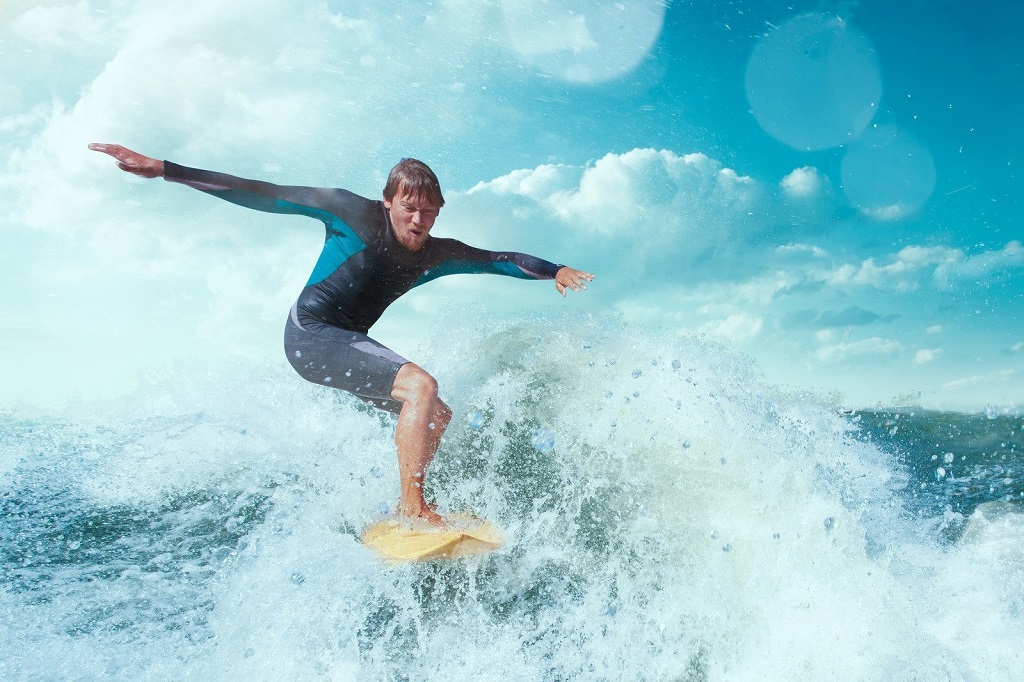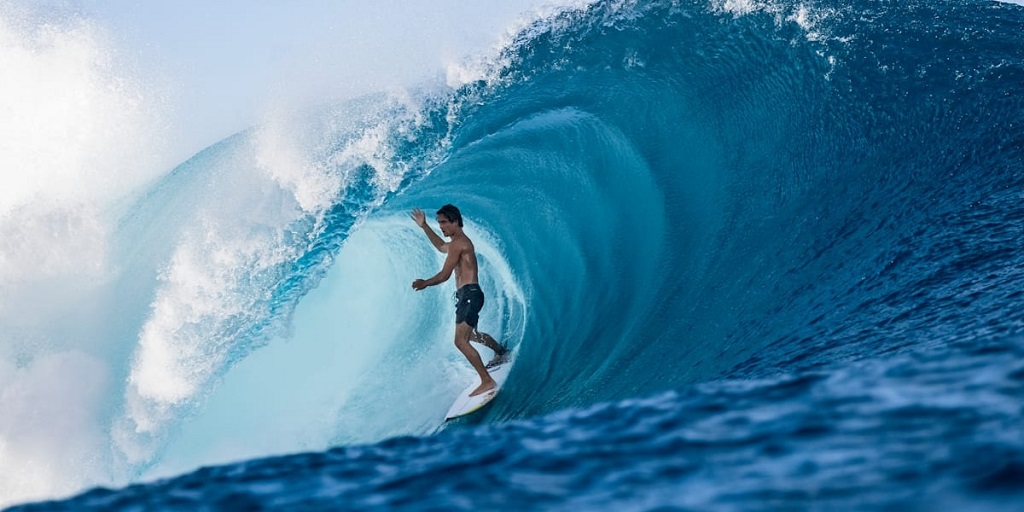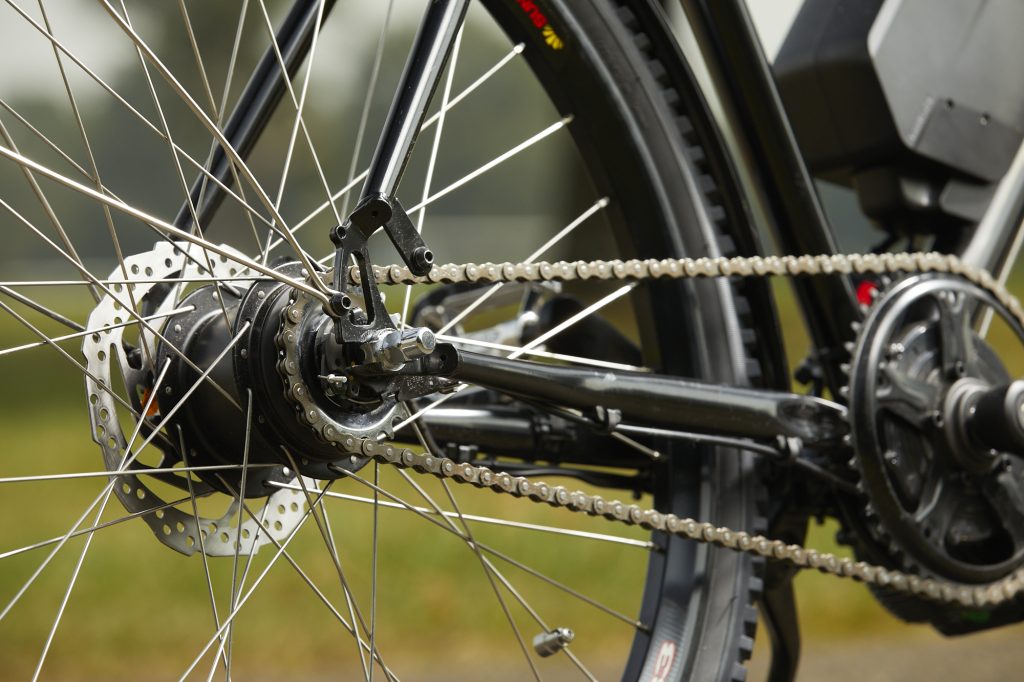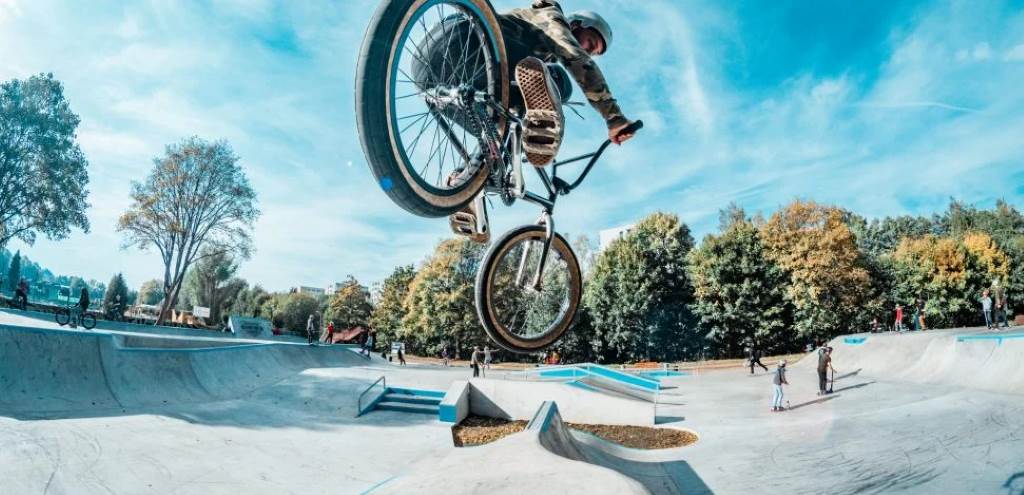Surfing is as much about balance as it is about riding waves. For anyone looking to perfect their skills, developing core strength and stability is vital. Surprisingly, you don’t need a surfboard to practice these essential skills at home. With simple balance exercises, you can build strength, endurance, and body control to tackle the waves with confidence. Whether you’re a beginner or a seasoned surfer, practicing balance at home can dramatically improve your performance in the water. You can even explore Coolsurfinggear for tools and accessories to complement your training journey.
In this guide, we’ll explore tried-and-tested exercises to help you replicate surfing movements and improve your balance—all without a surfboard. By the end of this article, you’ll have actionable insights to take your surfing to the next level.
The Importance of Balance in Surfing
Surfing is a sport that tests every fiber of your physical and mental being. Beyond the thrill of catching waves, surfing is a delicate dance of balance, agility, and strength. To stay upright on the board, you must master the art of maintaining a centered posture while reacting swiftly to the ocean’s unpredictable nature.
Balancing on a surfboard requires strong legs, a stable core, and excellent coordination. According to a study published by the Journal of Sports Science & Medicine, professional surfers perform about 40% better in core stability and balance tests compared to non-surfers. This proves that balance-focused training is indispensable for any surfer aiming to elevate their performance. To learn more, click on https://coolsurfinggear.com/how-when-and-who-invented-the-surfboard/.
How Can You Practice Surfing at Home Without a Board?
The good news is that balance isn’t exclusive to the beach. It can be practiced in the comfort of your living room. Simple balance exercises not only mimic the movements of surfing but also strengthen the muscles you rely on when out on the waves. With a bit of creativity and dedication, you can build the skills needed to ride waves without even stepping into the ocean.
To get started, focus on exercises that:
- Engage your core muscles (abs, obliques, and lower back).
- Challenge your stability to simulate the unpredictability of the ocean.
- Improve overall coordination and body awareness.
Simple Balance Exercises for Surfing at Home Without a Board
-
The Single-Leg Stand
This classic exercise may seem simple, but it’s one of the best ways to improve balance. Here’s how to do it:
- Stand upright and shift your weight onto one leg.
- Lift the opposite foot off the ground, keeping your hips level.
- Hold for 30 seconds and repeat on the other side.
- For an extra challenge, close your eyes or try this on a soft surface like a folded towel.
Why It Works: This exercise builds ankle stability, strengthens leg muscles, and improves your ability to balance on an unstable surface—just like on a surfboard.
-
Plank with Arm and Leg Lift
Planks are a staple for building core strength, but adding arm and leg lifts takes the challenge up a notch.
- Start in a forearm plank position with your body in a straight line.
- Lift your right arm and left leg simultaneously, hold for 3 seconds, then lower.
- Repeat with the opposite arm and leg.
Pro Tip: Aim for 3 sets of 10 repetitions.
Why It Works: This exercise mimics the paddling position and helps develop the core and shoulder strength needed for balance and movement on the waves.
-
Bosu Ball Squats
If you have access to a Bosu ball, this exercise is perfect for simulating the instability of a surfboard.
- Place the Bosu ball dome-side up and stand on it with both feet shoulder-width apart.
- Perform a squat while maintaining your balance.
- Gradually increase the intensity by adding light weights or speeding up your squats.
Why It Works: Bosu ball squats improve lower body strength, proprioception (awareness of body positioning), and balance under unstable conditions.
-
Side-to-Side Hops
This dynamic exercise mimics the lateral movements surfers make when riding waves.
- Stand with your feet together and bend your knees slightly.
- Jump laterally to your right, landing on your right foot.
- Immediately hop to the left and land on your left foot.
Why It Works: Side-to-side hops build agility, coordination, and explosive power—all crucial for quick direction changes on a surfboard.
-
Bird Dog
This is a low-impact exercise that strengthens the core while improving stability.
- Begin on all fours with your wrists under your shoulders and knees under your hips.
- Extend your right arm forward and your left leg backward simultaneously.
- Hold for 5 seconds, then switch sides.
Why It Works: The bird dog enhances core stability and balance, key components for maintaining control on a surfboard.
The Science Behind Balance Training for Surfers
Balance training improves something called proprioception—the body’s ability to sense its position and movement in space. According to the National Strength and Conditioning Association, exercises that challenge stability not only improve balance but also reduce the risk of injuries. For surfers, this means fewer wipeouts and more confidence tackling larger waves.
Furthermore, incorporating balance exercises into your routine can enhance muscle memory. This allows your body to instinctively react to the ever-changing dynamics of the ocean, giving you a competitive edge when you’re out on the water.
The Benefits of Surf-Specific Balance Training
Practicing balance exercises at home offers numerous benefits, including:
- Improved Muscle Strength: Balance exercises target muscles often overlooked in traditional workouts, such as the deep stabilizers in your core and ankles.
- Injury Prevention: Building strength in stabilizing muscles reduces the risk of injuries both on and off the board.
- Confidence on the Waves: By mastering balance on land, you’ll feel more confident tackling challenging conditions in the water.
Read More Also: Apps for Identifying Edible Wild Plants Using Image Recognition
Did You Know? Who Invented the Surfboard?
Surfing has a rich history, dating back centuries. Have you ever wondered who invented the surfboard? Surfboards evolved over time, but it was ancient Polynesians who first carved wooden boards to ride the waves. Modern surfboards, however, owe much of their design to Tom Blake, who revolutionized surfing in the 1930s.
FAQs
What are the best balance exercises for beginner surfers?
Beginner surfers should focus on simple exercises like single-leg stands, planks, and bird dog to build foundational balance and core strength.
Can I improve my surfing balance without a board?
Absolutely! Exercises such as Bosu ball squats and side-to-side hops effectively replicate the instability of surfing conditions.
How often should I practice balance exercises for surfing?
For optimal results, aim for at least 3-4 balance training sessions per week, with each session lasting 20–30 minutes.
Are there tools that can help with surfing balance training?
Yes, tools like a Bosu ball, wobble board, or resistance bands can enhance your training and simulate real surfing conditions.
Is core strength important for surfing?
Yes, a strong core is essential for maintaining stability on a surfboard and performing maneuvers effectively.
What’s the best way to simulate surfing movements at home?
Practicing dynamic exercises like side-to-side hops and incorporating unstable surfaces like a Bosu ball are great ways to simulate surfing movements.
Conclusion
Mastering balance is one of the most critical aspects of becoming a skilled surfer. Even without a surfboard, you can build strength, stability, and coordination with simple at-home exercises. By incorporating these movements into your fitness routine, you’ll develop the confidence and agility needed to ride the waves like a pro.





